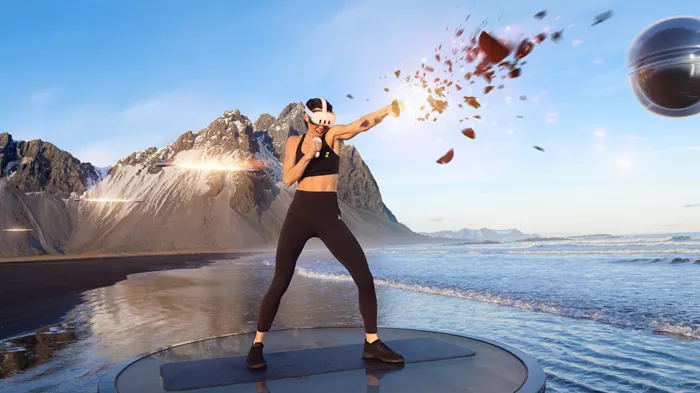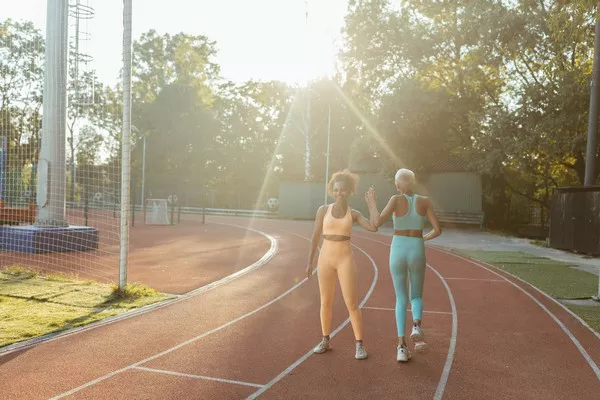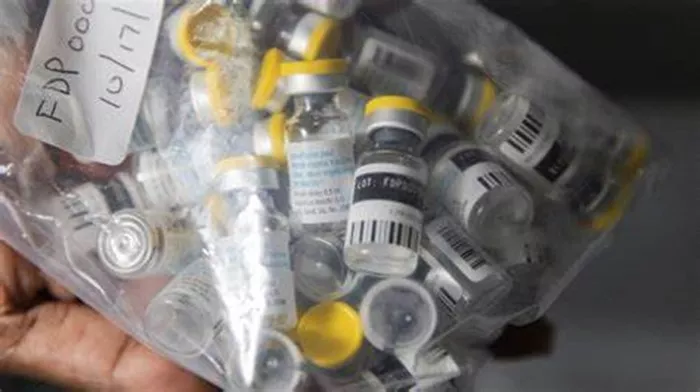As the vibrant celebrations of Mardi Gras fade into the background for another year, queer First Nations people are left reflecting on the challenges they face within their own communities, including prejudice and exclusion.
This year, the 47th Sydney Gay and Lesbian Mardi Gras Parade illuminated Darlinghurst with a display of colour and unity. Celebrating the diversity of LGBTQAI+ identities and continuing the fight for queer rights, the parade saw numerous community floats, each representing distinct facets of queer identity. Among the participants was Felicia Foxx, a high-profile drag performer from the Kamilaroi and Dunghutti nations. Foxx, whose performance was both a celebration of their Koori culture and queer identity, wore a striking red laplap paired with knee-high boots, ochre body paint, and a coastal fishing spear to represent the First Nations float’s theme, Free to Be Black Royalty.
However, Foxx’s visibility did not come without backlash. While the performer received an outpouring of support on social media, they also faced targeted abuse. Many of the trolls criticized Foxx’s blending of queer identity with Aboriginal heritage, attacking them with homophobic slurs and even death threats.
“They are hiding their homophobia behind their culture. And it’s my culture,” Foxx said in an interview with NITV. “I am a gay Aboriginal man, and that’s something that I have to live with every single day, 365 days a year. I can’t wake up and put my queerness aside. I can’t wake up and put my Blackness aside.”
Foxx’s experience is far from unique. Many queer First Nations individuals encounter a difficult intersection of cultural identity and queerness, resulting in a “double-edged sword of discrimination.”
The Mental Health Impact on Queer First Nations People
Professor Corrinne Sullivan, a Wiradjuri academic and Associate Dean of Indigenous Education at Western Sydney University, has been researching the mental health needs of queer First Nations people. According to her studies, these individuals face several common challenges, including:
Increased discrimination in the form of both racism and queerphobia.
Difficulties with cultural identity and belonging, often stemming from lateral shaming and discrimination from other members of their communities.
A lack of services that effectively support both First Nations and queer identities.
While not all queer First Nations people face rejection, Sullivan points out that some Indigenous communities, and individuals, do exhibit queerphobic attitudes, which are sometimes rooted in religious beliefs. “It’s surprising,” she said, “because it’s often conflated with our cultural identities.”
Decolonizing Queer Identities
Dylan Hoskins, a gender non-conforming Dunghutti, Gumbayngirr, and Bundjalung person, speaks about the complexities of being both queer and First Nations. “Being a First Nations queer person is the decolonisation of these western structures that we exist within,” said Hoskins. “It’s a form of resilience, fighting both as a Black person and a queer person, against a constant structure that has never had a place for us.”
Hoskins emphasizes that expressing queer identity is not a threat to cultural heritage or tradition. “Being queer is not attacking their culture. It’s simply someone expressing their identity and that duality.”
Addressing Mental Health Concerns
Both Foxx and Hoskins acknowledge the broader mental health crisis affecting Indigenous communities. Felicia Foxx highlights the alarming rates of suicide, particularly among queer Aboriginal people. “We have a very high rate of suicide in our communities, especially for queer Aboriginal people,” Foxx said. “We need to be worrying about the substance abuse, the domestic violence that we are facing in communities.”
Dylan Hoskins urges the community to focus on the broader social issues affecting Indigenous people, including economic and systemic inequalities. “We already have so many things going on in this country that need to be addressed. We don’t need to focus on a minority within a minority.”
Despite the challenges, queer First Nations people continue to find strength in their communities. Professor Sullivan praises the solidarity within these groups, noting the powerful sense of belonging and mutual support among queer mob. “There’s this beautiful thing around ‘big queer mob love,’ where we look after each other and create spaces for one another,” she explained.
A Legacy of Visibility and Empowerment
For Foxx, visibility is a crucial form of empowerment. Reflecting on their experience at Mardi Gras, Foxx said, “I would wear the exact same outfit, because at the end of the day, that is who I am. I am a gay, proud, Aboriginal Kamilaroi and Dunghutti man.”
Foxx added that their participation in the parade was an opportunity to provide representation and inspire younger generations of queer First Nations people. “I think what I was doing at Sydney Gay and Lesbian Mardi Gras was being that visibility and representation so that young queer Black mob can take strength from that. Be empowered to go and do anything in this world. Because nothing is impossible at the end of the day.”
While the road ahead remains difficult for queer First Nations people, their resilience, community bonds, and unwavering pride continue to be a source of strength and hope.
Related Topics






























